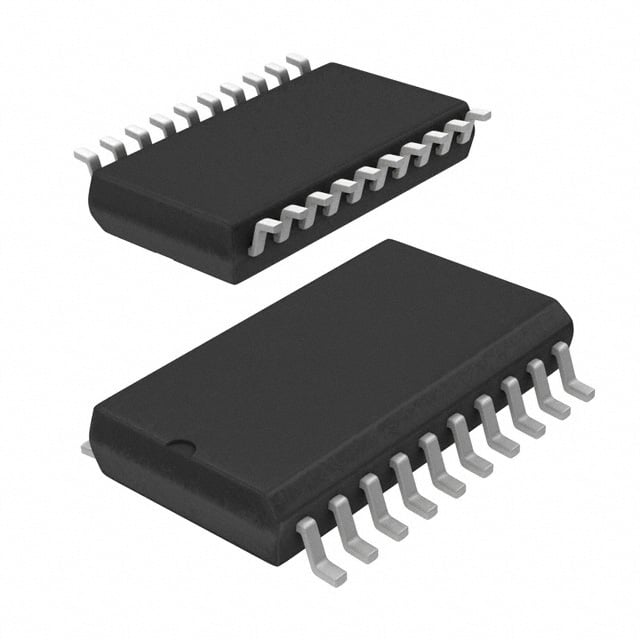PIC16F1507T-I/SO
8-bit microcontrollers with 3.5KB Flash, 128B RAM, and 18 I/O pins
Manufacturer: microchip
series introduction
# Introduction to the PIC16F1507T - I/SO Product Series
## 1. Overview
The PIC16F1507T - I/SO is a member of Microchip Technology's PIC16F microcontroller family. These microcontrollers are designed to offer a balance of performance, power efficiency, and cost - effectiveness, making them suitable for a wide range of embedded applications. The "T" in the part number often indicates a specific package option, and "I/SO" refers to the 14 - pin Small Outline (SO) package, which is a popular choice for space - constrained designs.
## 2. Key Features
### 2.1 CPU and Memory
- **CPU Core**: It is based on the high - performance RISC (Reduced Instruction Set Computing) CPU architecture. This architecture simplifies the instruction set, allowing for faster execution times and lower power consumption. The CPU can execute most instructions in a single instruction cycle, enabling efficient processing of tasks.
- **Program Memory**: The PIC16F1507T - I/SO is equipped with a certain amount of Flash program memory. Flash memory is non - volatile, which means that the program code stored in it is retained even when the power is turned off. This allows for easy reprogramming during development and in - field updates if required.
- **Data Memory**: It has a dedicated data memory space, including Random - Access Memory (RAM). The RAM is used for storing variables, intermediate results, and other data that the microcontroller needs to access quickly during program execution.
### 2.2 Peripherals
#### 2.2.1 GPIO (General - Purpose Input/Output)
- The microcontroller features multiple GPIO pins. These pins can be configured as either input or output pins, providing flexibility for interfacing with external devices. For example, they can be used to read the state of switches, sensors, or to control LEDs, relays, and other actuators.
- Some GPIO pins may have additional functions, such as interrupt - on - change capabilities. This allows the microcontroller to respond quickly to changes in the input signal, which is useful in applications where real - time monitoring is required.
#### 2.2.2 Timers
- There are several timer modules available in the PIC16F1507T - I/SO. Timers can be used for a variety of purposes, such as generating time delays, measuring time intervals, and generating periodic signals.
- For instance, a timer can be configured to generate a square wave signal at a specific frequency, which can be used to drive a buzzer or to communicate with other devices using a specific clock rate.
#### 2.2.3 Communication Interfaces
- **SPI (Serial Peripheral Interface)**: The SPI interface allows for high - speed serial communication between the microcontroller and other SPI - compatible devices, such as sensors, displays, or external memory chips. It uses a master - slave architecture, where the PIC16F1507T - I/SO can act as either the master or the slave device.
- **I²C (Inter - Integrated Circuit)**: The I²C interface is a widely used serial communication protocol for connecting multiple devices on a single bus. It is useful for communicating with devices such as EEPROMs, temperature sensors, and other I²C - enabled components. The I²C interface uses a two - wire bus (SDA and SCL), which simplifies the hardware design.
#### 2.2.4 Analog - to - Digital Converter (ADC)
- The PIC16F1507T - I/SO is equipped with an ADC module. The ADC allows the microcontroller to convert analog signals from sensors (such as temperature sensors, light sensors,
Images for reference

20-SOIC 0.295

20-SOIC 0.295

20-SOIC